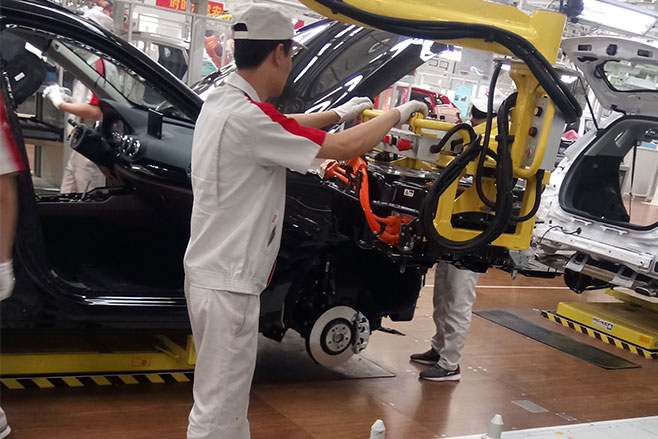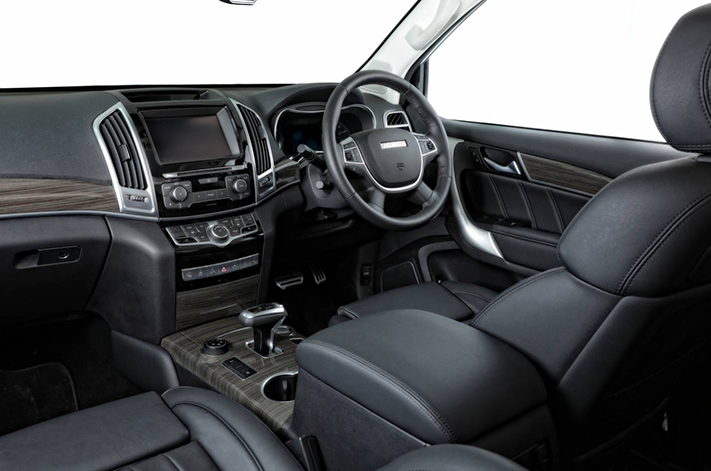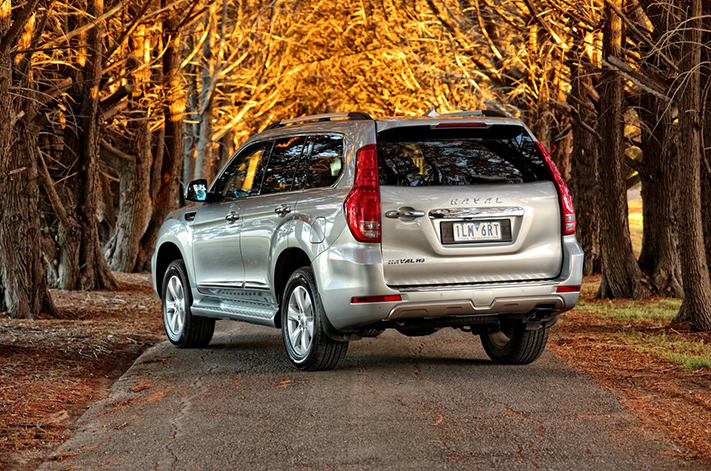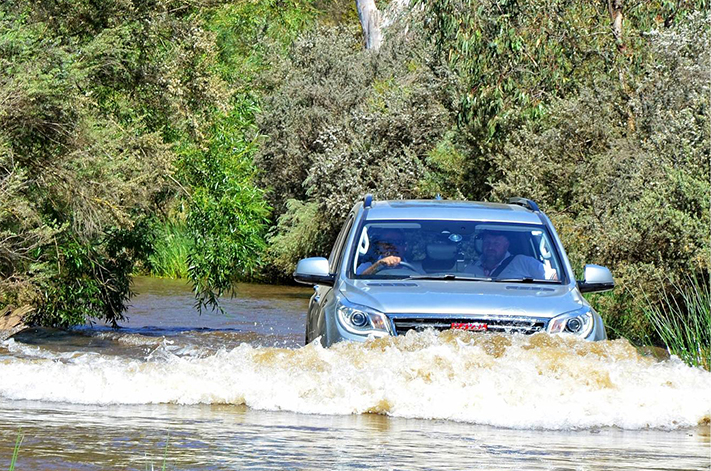GREAT Wall Motors (GWM) Group is planning to become China’s largest powertrain producer and one of the world’s heavyweights with a new strategy that will supply other manufacturers with off-the-shelf drivetrain packages.
The Chinese car giant has invested significant funds into its powertrain development projects, resulting in a range of engines and transmissions stamped only with the its guard tower insignia, but the new plan is set to boost its return on investment and secure domestic market dominance.
Speaking at Great Wall’s SUV brand Haval headquarters, chief drivetrain engineer Gerhard Henning said other manufacturers were already lining up for its engine and gearbox value packs.

“One target is to sell the power pack – engine and transmission together,” he said. “We have already OEMs (original equipment manufacturers) who are asking and we are in the early process of doing this.”
If the company succeeds in selling complete units to a large number of its rivals, Great Wall’s presence as a major supplier will climb another rung on the global ladder, enabling increased investment and development of home-grown technology.
When asked if the company’s goal is to be the leading Chinese drivetrain producer, Henning answered yes and explained that many other brands don’t have the resources to develop such complex and costly technology.
“Many OEMs in China have difficulty developing transmissions. It looks easy especially the calibration (stage) with engine and transmission together.”
According to the ex-Daimler driveline engineer, calibration is one of the hardest elements of the development process, and one of the most critical for maximising fuel efficiency and, of particular importance for its next new engine model, which will accommodate hybridisation.

“Now a new engine is coming I think the calibration is a key point also for the fuel consumption.
“For the conventional automatic transmission, together with hybrid, it will be a good package, but it is difficult to package. So with our next-generation we worked very hard to package a 2.0-litre turbo engine with a DCT and the P2 hybrid.”
With a focus on electrification and small capacity turbocharged engines, Haval is following a global trend of downsizing to boost efficiency, reduce emissions and align with dominant brands outside its native Chinese market.
In line with the strategy and concerns over volume potential, the company dumped plans to introduce a six-cylinder, twin-turbo engine destined for its larger models.
“This is only for in-line, not for transversal and it can only be used in the H8 and H9. It was stopped because the volume was not enough.
“We are focusing on four-cylinders that have more power. We think we can cover everything with four-cylinders”.
In addition to its own range of engines and a seven-speed dual-clutch automatic transmission, the car giant also produces in-house designed turbochargers, clutches, controllers and hybrid systems, but the tech inventory will soon be added to with an eight-speed DCT, twin motor electric drivetrains and 48-volt electrical sub systems.
Haval’s H9 three-row SUV copped its fair share of bad press when it first launched here, so the Chinese carmaker went back to the drawing board resulting in a series of improvements, new active safety kit and a significant price cut.
It’s hoped the changes, and a $5500 drop in entry-level pricing, will be enough to make more people seriously consider the Chinese alternative to the Japanese and Korean seven-seaters.
The key changes include a powertrain boost; with the 2.0-litre turbocharged petrol four now producing 180kW/350Nm, up from 160kW/324, coupled to a new eight-speed automatic transmission, which replaces the old six-speed shifter.

Despite the extra performance it’s 10 percent more economical, with fuel consumption now 10.9L/100km, which is still a little in the greedy side, but a considerable improvement over the original H9’s 12.1L/100km.
Advanced driver assist functions such as blind-spot monitoring, rear cross traffic alert and lane departure warning have also been added, though it still lacks automatic emergency braking.
The Haval H9 has also received styling changes including a new centre console and instrument panel which now includes a digital speedo.

The H9 comes with two newly-named variants, with the Premium and Luxury making way for the Lux and Ultra. The entry-level Lux starts at $40,990, down $5500 from 2017 model despite upgrades including a sunroof, centre armrest with power-outlet, 18-inch wheels and auto-dimming rear-view mirror.
Standard equipment across the H9 range includes 8.0-inch touchscreen, satellite navigation, paddle shifters, front and rear parking sensors, front and rear fog lamps, hill-start assist, hill-descent control, cruise control, tri-zone climate control and third row air vents.
It’s surprisingly good off-road credentials have also been enhanced with an electric differential lock and an All-Terrain Control System which allows the driver to select different modes to suit different road and track conditions including Sand, Snow, Mud and Sport plus 4L (low-range four-wheel-drive for rough off-roading) and an Auto mode which adapts to any on- or off-road situation.

The range-topping H9 Ultra replaces the Luxury and is $5000 cheaper. Priced at $44,900, the Ultra gains some decent kit for the sub-$45k price including panoramic sunroof, heated steering wheel, Comfort-Tek eco-leather seats with first and second-row heating, massage and ventilation function and premium sound system.
As a further incentive, driveway pricing for the H9 Lux and Ultra will be just $1000 more than retail, coming in at $41,990 and $45,990 respectively.
Haval sold just 59 H9’s in Australia last year, but its Australian chief marketing officer Tim Smith believes the changes will attract more buyers seeking an affordable but well-equipped family SUV.

“We’re very confident we have made a compelling argument for Australian families to test drive the new HAVAL H9,” Smith said.
“We’ve worked very hard to deliver a seven-seat SUV that delivers for Australian families at the best possible price.”